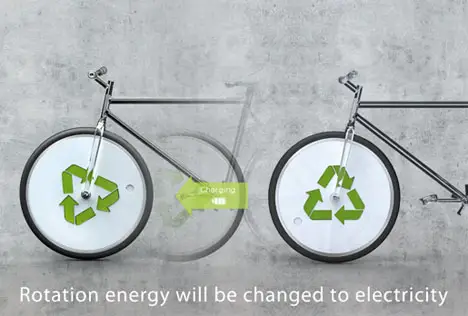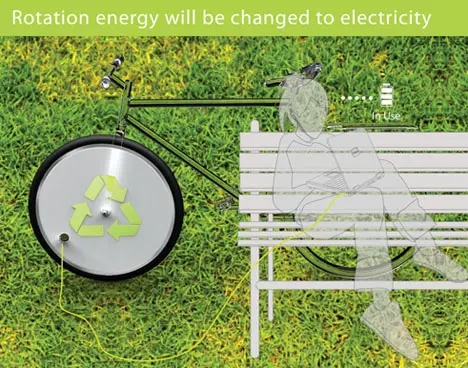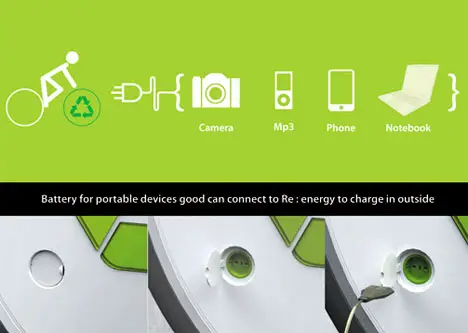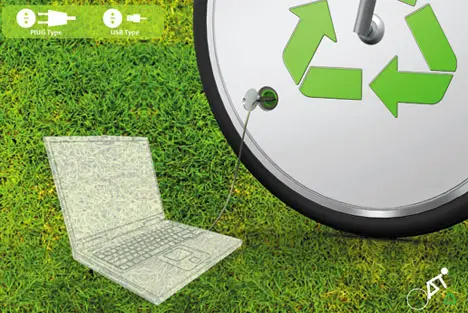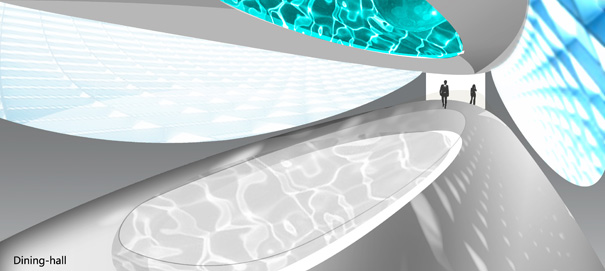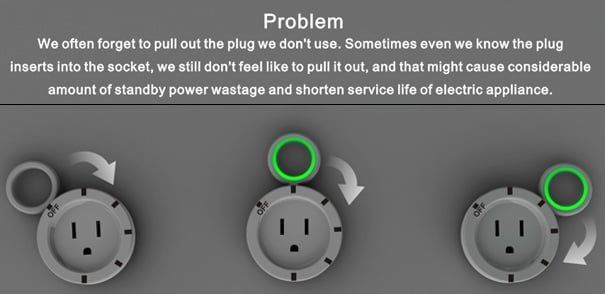
In design post-graduation education the PhD is fast becoming the new Masters. This partly reflects the maturing of design research, but is also a response to the need for institutions to beef up their research quota and the attendant external funding. If you want to teach at a design college, the expectations of some institutions are often difficult to fulfill. Many ask for a PhD and several years of commercial practice, preferably current. It's a tough call - both are extremely time hungry and it's hard to do both well.
A Masters is often the terminating degree for a designer heading off professionally (certainly in the USA). For others it is a return the pleasure of self-determined projects having worked in agency life for a few years. But a PhD is a different beast to a Masters. I know of several designers who "fancy the idea" of doing a PhD and there are plenty of Masters students who are attracted to it, either because they want to expand their MA work or because they're not really sure what to do next.
Having officially become Dr. Polaine earlier in the year as well as having taught post-graduate students for many years, I thought I would offer some thoughts on the journey. As always, your mileage may vary.
To PhD or not to PhD?
There are plenty of reasons for wanting to start a PhD, but they are often not the ones that help you finish it. The problem is that you don't know this until you have started. Here are some of the common ones:
1. I don't know what I want to do for a career yet. A PhD will give me time to work it out.
Researching and writing a doctoral thesis is as much an act of endurance than anything else. If you don't have a clear idea in mind and the patience to write many thousands of words, read those words more than you care to remember and edit them ad infinitum, you are likely to drop out. One of the things that keeps you going - alongside simple bloody mindedness to just finish such a long-form project - is the interest in the area you are writing. If you don't have this up front, you're asking for trouble. A PhD is a dangerous drug for procrastinators.
2. I'm really interested in this subject and want to go deeper into it.
Great, but be prepared to be very bored by it after five years. As mentioned above, having a deep interest in the subject is one of the main motivators, but it's a mental fuel-depot that you burn through by the end. That's not to say I'm not still interested in the subject matter of my own PhD, but I felt pretty spent afterwards. It has really taken me about a year to start getting interested in interactivity and play again.
3. Nobody has researched/written about this area yet and I have a breakthrough idea.
Yes they have, you just don't know of it.
Although one of the main premises behind a PhD is that you contribute original knowledge to the field, as soon as you start researching more deeply you will find many texts and ideas almost identical to your own. Initially, this can be deeply depressing and I know several people who give up around this point (the drop-out rate of doctoral students is high). If you can persevere, you will not only find the cracks in the existing knowledge, but also work out how to re-configure it and build upon it. This re-thinking is your original contribution to the field. As Stephen Johnson explains, innovative ideas are usually incremental and take time, effort and luck.
4. I want to do a PhD, but I don't like writing much - I'm a designer after all.
Even a practice-based PhD requires writing and I can highly recommend writing as a creative process that's quite different from any other I know, especially in the digital age that designers work in. I expect activities like carpentry and sculpture are similar, but my skills in those areas are sub-kindergarten, so I can only speak from the crafts I know. I know many designers sketch a great deal, but it's different to writing.
I have learned more about the creative process through writing than I have through designing and the act of putting your thoughts down in a structured text does a lot to structure your thinking. Writing a PhD is like writing a book and you need to find a way to enjoy the act of writing in order to make it through the other side. Without this, the word count will seem like running a marathon wearing concrete boots.
Some people do their PhDs in teams or groups, but even in those cases the bulk of the writing (and often data-wrangling) is a lonely process. Like any writing, you just have to sit down and do your pages every day until you finish. Presenting papers and forming discussion groups all help ease the loneliness.
I think designers are sometimes scared of writing because their school education has ruined it for them. Think of writing as an act of design, except your tools are words, sentences, paragraphs and chapters. It will set you free to hack your text around just like you would any other material. Preciousness is the enemy of good writing - as William Faulkner said, "kill your darlings". (Actually Sir Arthur Quiller-Couch came up with "murder your darlings" first, which just proves the point that nobody is 100% original, eh?).
The plus side of the PhD proceess
If the above sounds rather negative, it's only because I want to spare you any illusions. There are many good things about taking on and, preferably, completing a PhD.
If you are planning to work in academia or research, it is now often a formal requirement for the job. The process also gives you a sense of rigor and deeper understanding of your area on an intellectual level that can be hard to make space for in the commercial world. Most commercial projects quite rightly don't have that kind of timescale and you have to drop parts of the process in order to get the deliverables our the door and within budget. They also tend to have much shorter timescales. A PhD is one of the few chances to set up your own project, finish it "the right way", and to a depth that a Masters doesn't offer. Despite the loneliness of the writing, it is a luxury.
It's important not to underestimate the value of becoming an expert, whether you work in academia or not. About two-thirds of the way through my PhD, I wasn't sure if I was going to carry on working in academia and couldn't see the point of doing a PhD otherwise. Somewhat swayed byTom Coates' post-rationalism of why he gave up doing his PhD, I was ready to throw in the towel.
I am very thankful that my supervisor, Professor Ross Gibson, gave me some excellent advice and encouragement that saw me through to the end. He pointed out that the feeling of accomplishment that comes with finishing such a project as well as the sense of becoming the expert had great personal value. It almost sounds a little trivial, egotistical even, but it kept me going through the editing and re-structuring of the many, many drafts.
My examiners gave me very useful critique and feedback and I'm very thankful for it. Although they had experience and insights to offer, I realised that I knew more than them about my chosen subject. This is as it should be. A PhD topic is usual quite narrowly defined, but you go very deep into it. As learners we are so used to deferring to a higher authority on a subject it is rather eerie when you realise you are the authority on the subject.
De-coupling the reason for doing a PhD from its increasing necessity in academia was useful for me. This meant doing the PhD for its own sake, not for the qualification. I am a great starter of projects, but often lose interest once I have worked it all out in my head and understand the patterns and connections. But understanding those things in your own head is different from explaining them carefully to others. Quite apart from the intellectual stimulation and rigour that writing my PhD entailed, completing it was a valuable life experience.
Core77
